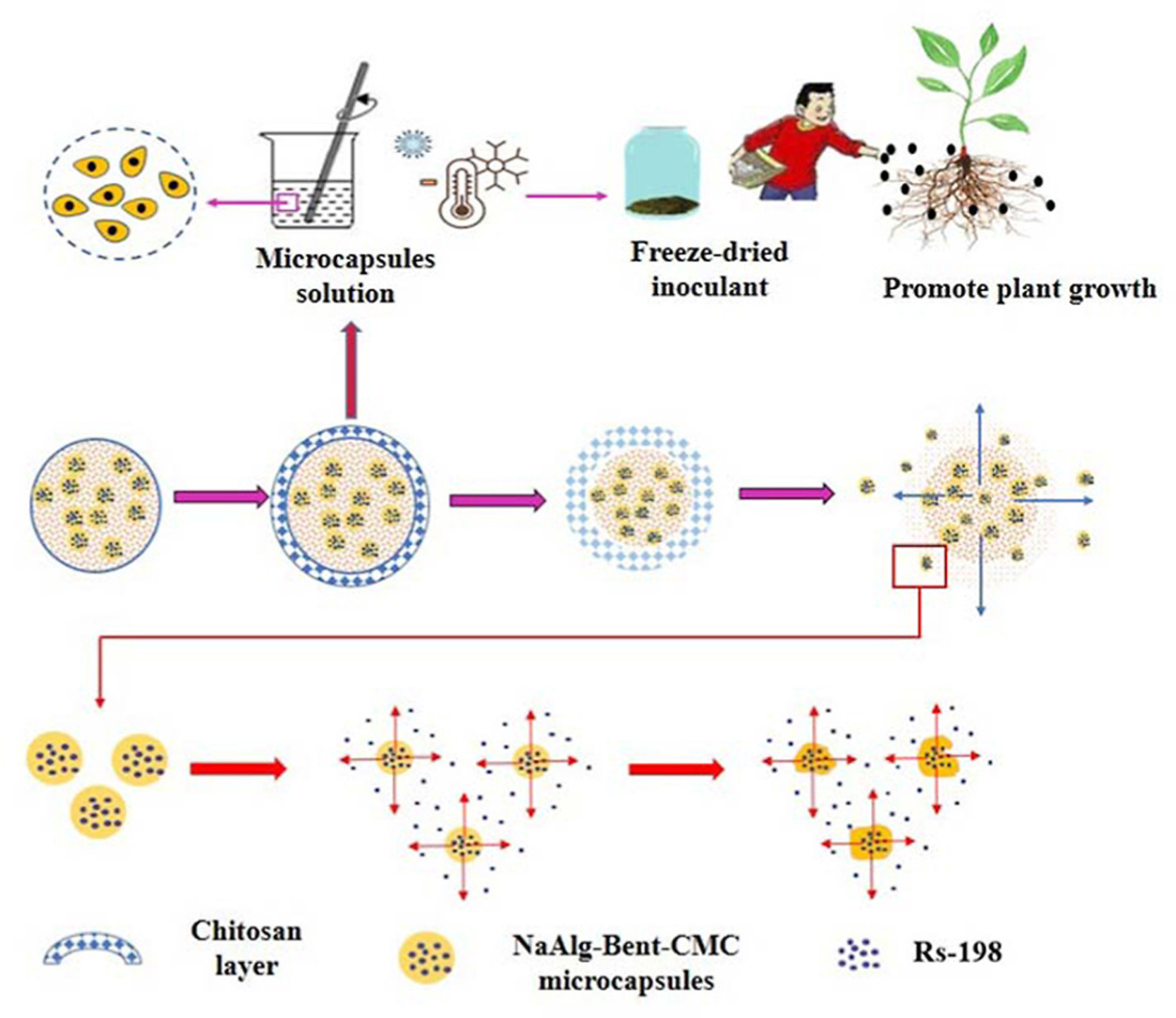- Volumes 84-95 (2024)
-
Volumes 72-83 (2023)
-
Volume 83
Pages 1-258 (December 2023)
-
Volume 82
Pages 1-204 (November 2023)
-
Volume 81
Pages 1-188 (October 2023)
-
Volume 80
Pages 1-202 (September 2023)
-
Volume 79
Pages 1-172 (August 2023)
-
Volume 78
Pages 1-146 (July 2023)
-
Volume 77
Pages 1-152 (June 2023)
-
Volume 76
Pages 1-176 (May 2023)
-
Volume 75
Pages 1-228 (April 2023)
-
Volume 74
Pages 1-200 (March 2023)
-
Volume 73
Pages 1-138 (February 2023)
-
Volume 72
Pages 1-144 (January 2023)
-
Volume 83
-
Volumes 60-71 (2022)
-
Volume 71
Pages 1-108 (December 2022)
-
Volume 70
Pages 1-106 (November 2022)
-
Volume 69
Pages 1-122 (October 2022)
-
Volume 68
Pages 1-124 (September 2022)
-
Volume 67
Pages 1-102 (August 2022)
-
Volume 66
Pages 1-112 (July 2022)
-
Volume 65
Pages 1-138 (June 2022)
-
Volume 64
Pages 1-186 (May 2022)
-
Volume 63
Pages 1-124 (April 2022)
-
Volume 62
Pages 1-104 (March 2022)
-
Volume 61
Pages 1-120 (February 2022)
-
Volume 60
Pages 1-124 (January 2022)
-
Volume 71
- Volumes 54-59 (2021)
- Volumes 48-53 (2020)
- Volumes 42-47 (2019)
- Volumes 36-41 (2018)
- Volumes 30-35 (2017)
- Volumes 24-29 (2016)
- Volumes 18-23 (2015)
- Volumes 12-17 (2014)
- Volume 11 (2013)
- Volume 10 (2012)
- Volume 9 (2011)
- Volume 8 (2010)
- Volume 7 (2009)
- Volume 6 (2008)
- Volume 5 (2007)
- Volume 4 (2006)
- Volume 3 (2005)
- Volume 2 (2004)
- Volume 1 (2003)
The survival adaptation of bacteria in saline soil is poor. The bilayer microcapsules were prepared by secondary embedding of monolayer sodium alginate (NaAlg) - bentonite (Bent) - sodium carboxymethylcellulose (CMC) microcapsules wrapped with plant growth promoting rhizobacteria (PGPR) Pseudomonas putida Rs-198 by chitosan solution to promote the synergistic effect of bilayer microencapsulation and PGPR. The characterization of the Rs-198 bilayer microcapsules showed that the amino and carboxyl groups were cross-linked and a thin layer of chitosan was formed on the outside of the microcapsule. The bilayer microcapsule (Ch-d) with a chitosan concentration of 0.8 wt% and pH 6 showed a slow release of bacteria with a maximum release of 6.06 × 109 cfu/g on the 7th day. The viable bacteria of Ch-d increased by 4.42% after 60 days of storage compared with monolayer microcapsules. The 0.9 wt% l-cysteine, 10 wt% glycerinum, 10 wt% trehalose and 12 wt% soluble starch were added as bacterial protective agents during the process of preparing the Ch-d lyophilized bacterial inoculant (Ch-d LBI). Pot experiments showed that Ch-d LBI exhibited better growth promotion of Capsicum annuum L. under salt stress. Therefore, the bilayer microcapsule as slow-release bacterial inoculant is a potential alternative for sustainable agriculture.

